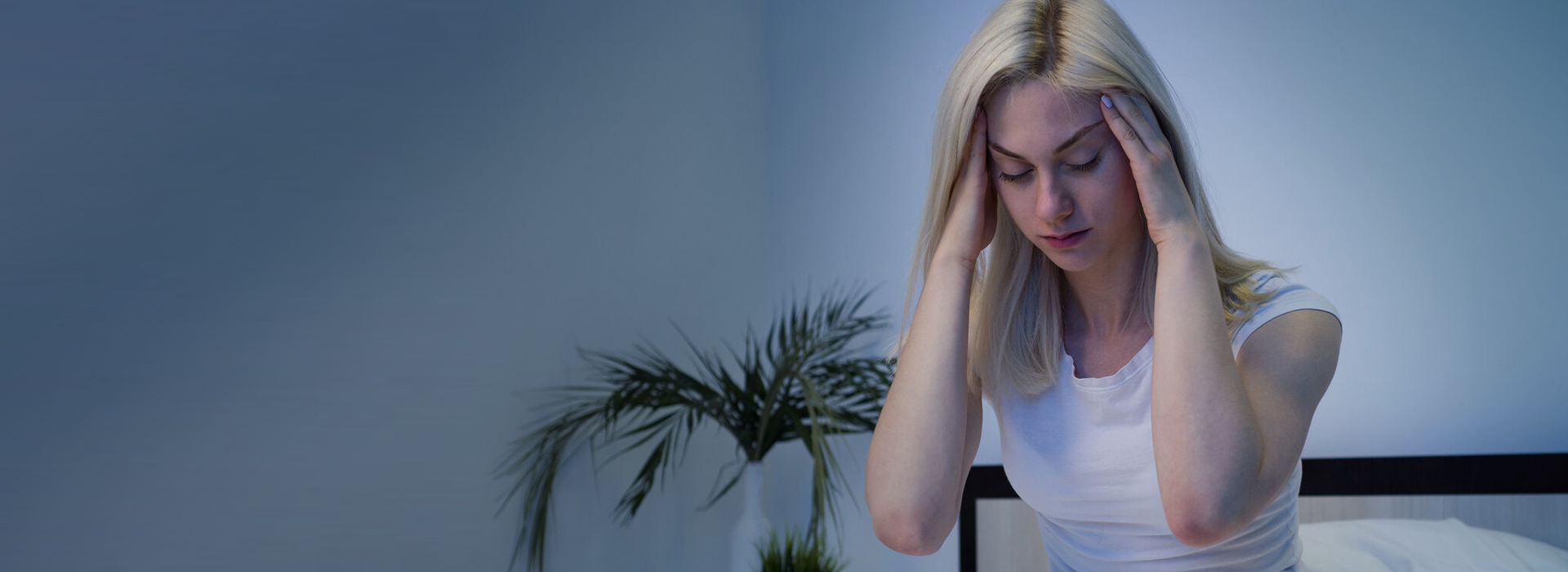
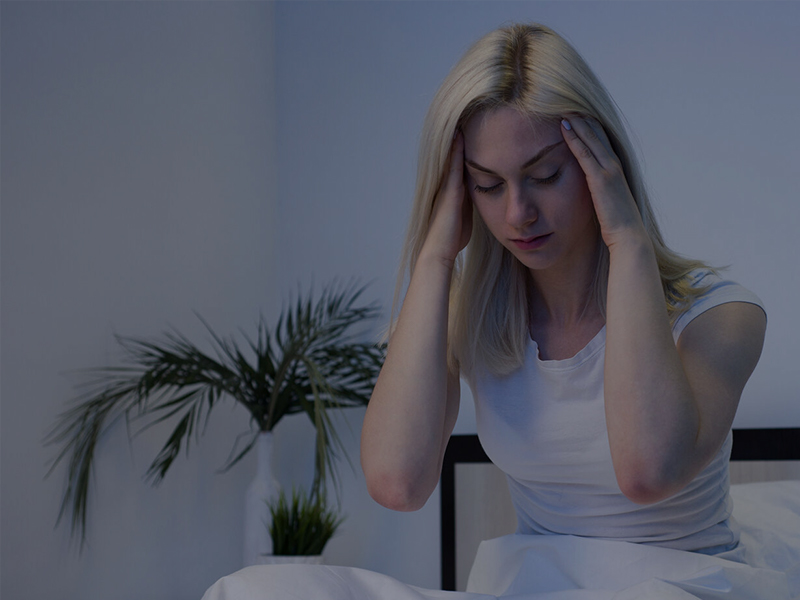
Sleep apnea is a potentially serious sleep disorder in which breathing repeatedly stops and starts.
If you snore loudly and feel tired even after a full night's sleep, you might have sleep apnea.
The risk factors of Sleep Apnea may contain:
Those people are more likely to snore or have sleep apnea.
Some people may have a long soft palate, or large tonsils or adenoids, which can narrow the airway and cause snoring.
Men’s airways are generally narrower than women’s.
With age, muscular flaccidity leads to airway collapse.
Alcohol relaxes your throat muscles, increasing the risk of snoring.
There Are 3 Types of Sleep Apnea.
Here are the key differences among obstructive sleep apnea, central sleep apnea, and mixed sleep apnea.
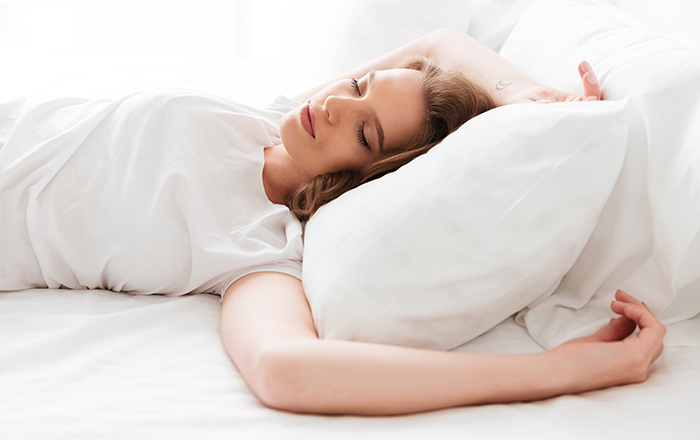
Obstructive sleep apnea is a condition in which the upper airway is narrowed or closes during sleep when muscles relax, causing under breathing or stopping breathing [1].
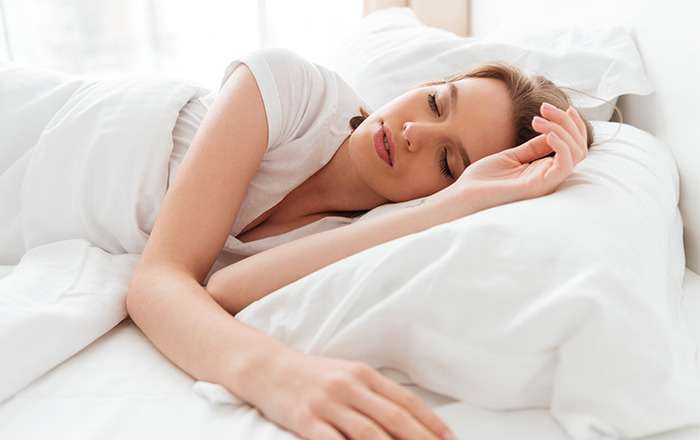
Central sleep apnea occurs because your brain doesn't send proper signals to the muscles that control your breathing.
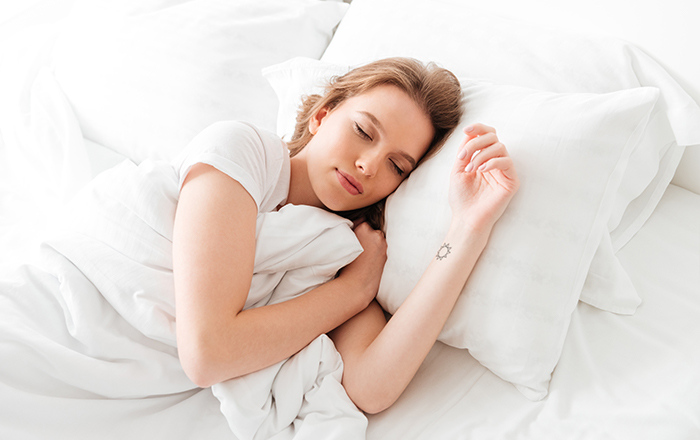
A condition in which both obstructive sleep apnea (OSA) and central sleep apnea (CSA) occur during a full night's sleep is called mixed sleep apnea.
One of the most effective treatments for obstructive sleep apnea is a CPAP (Continuous Positive Airway Pressure) device. CPAP uses an air pump and specialized mask to comfortably deliver air pressure to the upper airways while sleeping.
If you're uncomfortable with the idea of a CPAP machine, your healthcare provider may recommend that you try something else. For example, some people may benefit from sitting in bed while they sleep or take nap.
Others use special appliances to help them breathe through their nose instead of their mouth at night. Ultimately, your healthcare provider can help determine what's best for you.
Surgery may be an option to consider if your sleep apnea is not being treated effectively, or if it is causing difficulties at work and at home. Surgery can often address major causes of sleep apnea, such as enlarged tonsils or a deviated diaphragm.
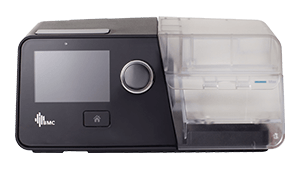
CPAP device uses a tube attached to a mask and provides constant and steady air pressure to help you breathe while you sleep.
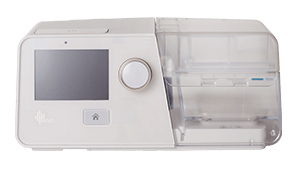
Auto CPAP is short for Automatic Positive Airway Pressure. It's one of the three primary types of positive airway pressure that opens the airway during sleep.
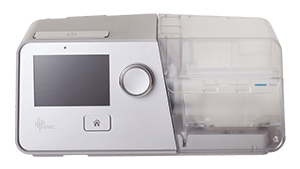
BPAP is short for Bi-level Positive Airway Pressure and this device has a very similar function to CPAP device therapy.
